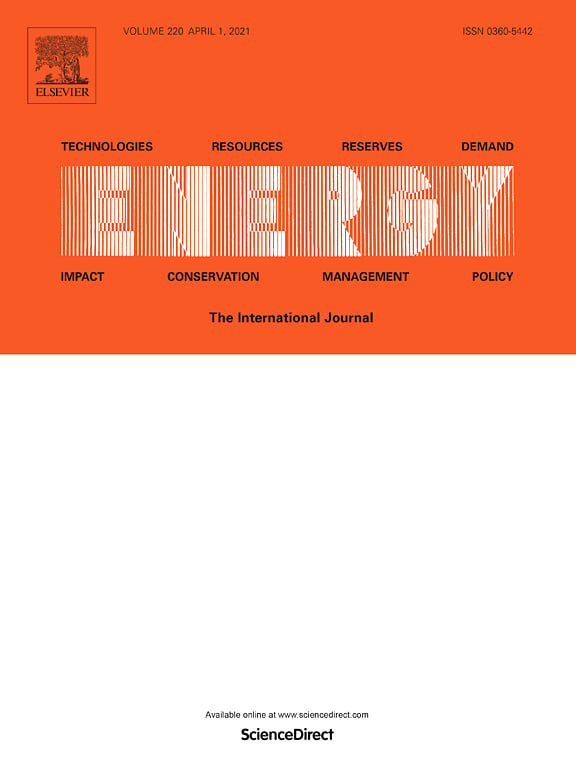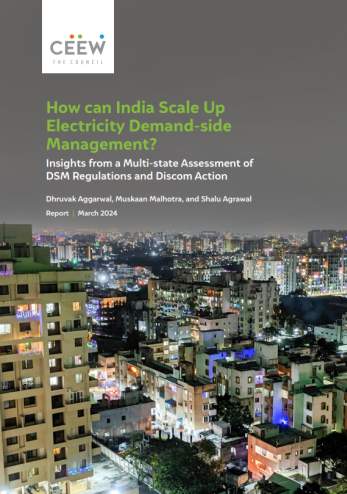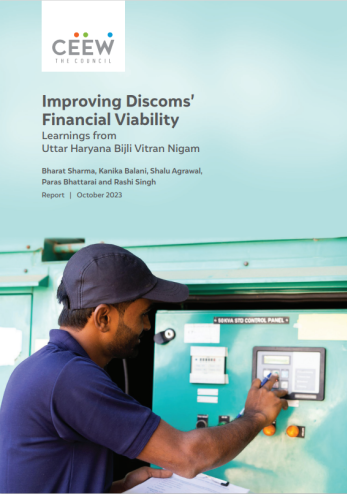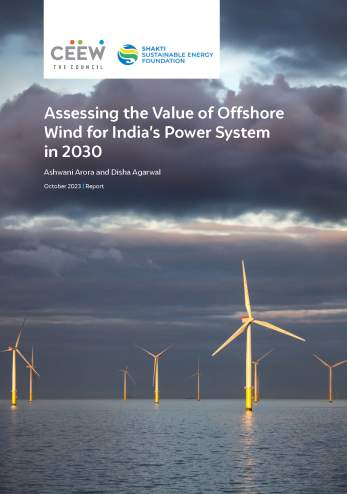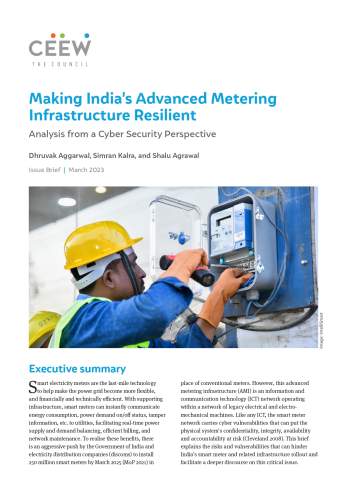Paper
Influence of Improved Supply on Household Electricity Consumption Evidence from Rural India
Shalu Agrawal, S.P. Harish, Aseem Mahajan, Daniel Thomas, Johannes Urpelainen
September 2020 | Power Markets
Suggested citation: Agrawal, S., Harish, S., Mahajan, A., Thomas, D. and Urpelainen, J., 2020. Influence of improved supply on household electricity consumption- Evidence from rural India. Energy, p.118544.
Overview
This paper investigates electricity use in India’s rural households and factors influencing consumption. It focuses on the effect of improved supply on consumption patterns. The inferences are made based on primary survey data of more than 10,000 households spread across 200 villages in four Indian states – Bihar, Rajasthan, Odisha and Uttar Pradesh.

Source: Authors’ analysis
Note: The squares represent average values at different supply hours, while error bars represent 95% confidence interval corresponding to estimation uncertainty.
Key Highlights
- Appliance ownership and usage pattern indicate that households in the surveyed villages have low levels of electricity use. Surveyed households consumed 39.3 kWh per month on average during the summer months, which is half of the country’s average residential consumption.
- Tobit regression analysis indicate that duration of grid-electricity supply is a key predictor of household electricity consumption: every 1 per cent increase in supply hours is associated with 1.25 per cent increase in consumption.
- With one standard deviation increase in supply (4.5 h), the consumption of a representative household increases significantly by 40 per cent.
- Household’s socioeconomic and building characteristics are also significant predictors of the electricity use. The current consumption levels are linked to housing conditions, education and income levels.
- When extrapolated to state level, results suggest significant levels of unmet demand. For instance, in Bihar, a transition from the current levels of supply to 24*7 supply could lead to more than 15 per cent increment in load.
Improved supply can lead to significant welfare gains for consumers, and allow distribution companies to tap into unmet electricity demand in rural areas.




